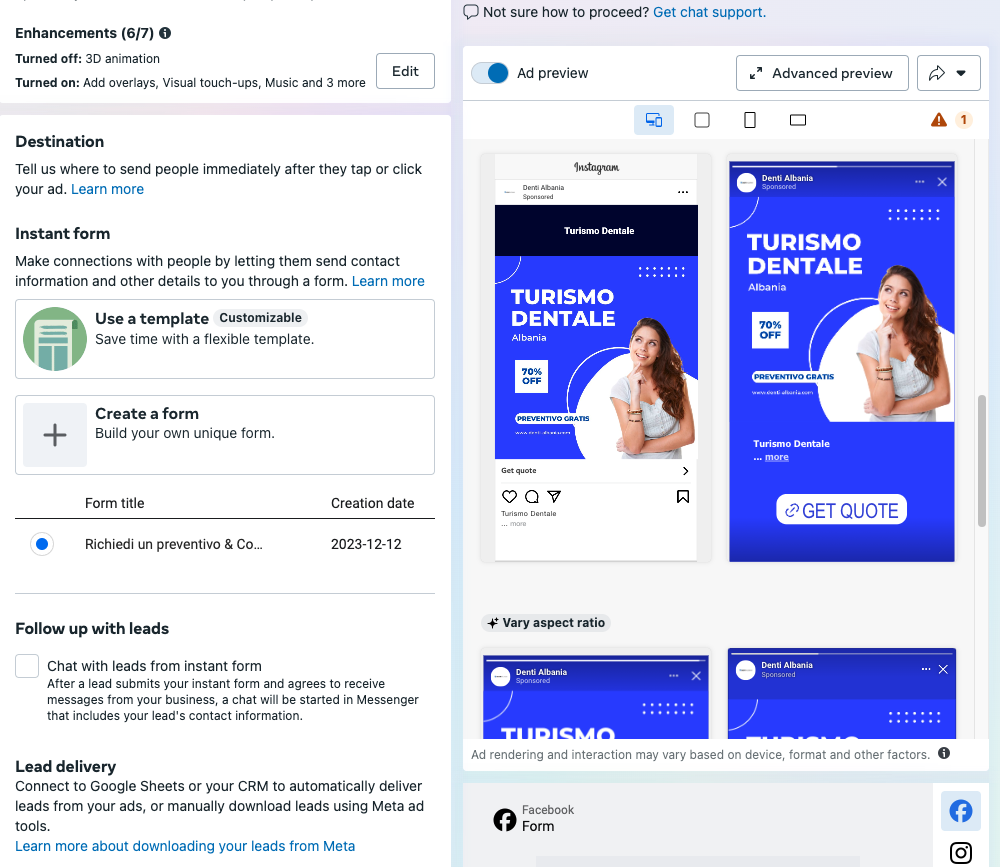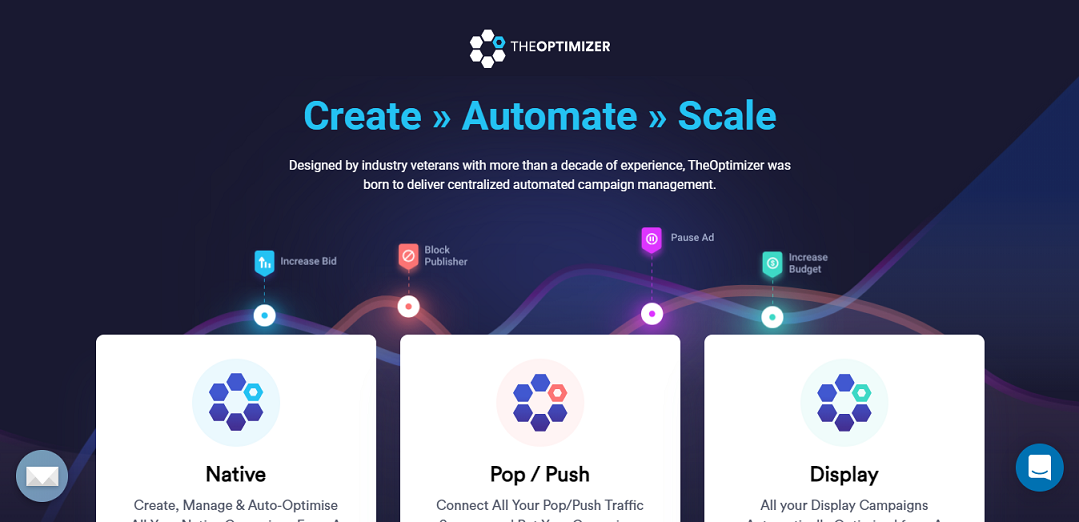In today’s fast-paced digital marketplace, e-commerce businesses are constantly seeking strategies to effectively connect with customers, boost engagement, and drive sales. Facebook and Instagram’s Dynamic Product Ads (DPAs) have emerged as a powerful advertising tool for these brands, enabling a personalized, automated approach that significantly enhances user engagement and conversion rates. Here’s an in-depth look at how dynamic ads support e-commerce growth through targeted advertising, compelling creatives, and optimized bidding strategies.
Leveraging Dynamic Ads for Targeted Audience Engagement

Dynamic Product Ads leverage data-driven technology to serve personalized ads that match user preferences, behaviors, and purchase intent. This personalized approach is highly effective in generating leads, increasing brand visibility, and driving conversions, which are essential for e-commerce growth.
Key Audience Targeting Techniques for DPAs:
Demographics: Use demographic factors like age, gender, location, and income level to narrow down your audience. For instance, an apparel brand might focus on females aged 20–40 in urban areas with high disposable incomes.
Interests: Target ads based on user interests, hobbies, and lifestyle choices. For example, a home décor company could target individuals interested in interior design, home improvement, and furniture.
Behavioral Targeting: Engage users based on online behaviors like recent website visits, past purchases, or social media engagement. A cosmetics brand, for instance, could target users who have previously viewed products on their site or engaged with recent Instagram posts.
Why Targeting Works for E-commerce: Research highlights that effective audience targeting dramatically improves ad performance. According to Facebook, 93% of businesses that used custom audiences for DPAs saw increased ad relevance. Additionally, studies show that targeting ads based on purchase history can boost conversions by up to 24%, while brands that use custom audiences for DPAs see a 34% decrease in their cost per acquisition (CPA). These statistics underscore the role of dynamic ads in reaching the right audience, leading to more meaningful interactions and better ROI for e-commerce businesses.
Crafting Compelling Creatives for Dynamic Product Ads
In e-commerce, visual appeal plays a critical role in attracting user interest and encouraging purchases. Dynamic Product Ads allow e-commerce brands to create visually rich, engaging experiences that showcase their products in ways that resonate with specific audiences. Here are essential creative elements for effective DPAs:
High-Quality Images: Use high-resolution images that accurately showcase product details. Avoid generic stock photos; instead, use real, product-focused imagery to highlight unique features and quality.
Engaging Videos: Videos can capture user attention more effectively than static images, particularly in e-commerce where seeing a product in action can help users make purchase decisions. Use brief, high-quality videos that highlight product benefits or showcase the product in a real-life context.
Attention-Grabbing Headlines: Strong headlines are essential for capturing attention and driving clicks. Keep headlines concise and relevant, focusing on key benefits or features that address users’ needs or desires.
The Impact of Visual and Textual Elements: Statistics indicate that video ads tend to have a higher click-through rate (CTR) than static images. In fact, video ads often perform 10–20% better in engagement metrics. Additionally, eye-catching headlines can increase click-through rates by up to 30%, while well-chosen, relevant headlines can improve conversion rates by as much as 200%. These findings demonstrate the importance of visuals and headlines in creating impactful DPAs that not only capture attention but also drive meaningful actions from users.
Create unique product advertisements using the Cropink tool.
Optimizing Bidding Strategies to Maximize Ad Performance
A well-planned bidding strategy is crucial to maximizing the ROI of DPA campaigns, ensuring ad budgets are used effectively to reach and convert target audiences. By experimenting with different bidding strategies, e-commerce brands can optimize ad spending to achieve specific business goals.
Common Bidding Strategies for Dynamic Product Ads:
Cost-per-Click (CPC): With CPC bidding, advertisers pay each time a user clicks on their ad. This method is ideal for brands aiming to maximize traffic and build awareness by attracting users to their e-commerce site.
Cost-per-Acquisition (CPA): CPA bidding is well-suited for campaigns focused on conversions, where advertisers only pay when a desired action—such as a purchase or newsletter signup—is completed. This method is cost-effective for brands aiming to generate leads or drive direct sales.
Dynamic Bidding: Facebook’s dynamic bidding algorithms automatically adjust bids to optimize ad impressions based on factors like user engagement, conversion likelihood, and campaign objectives. Dynamic bidding can be a powerful tool for e-commerce brands, helping to achieve cost-efficient conversions by intelligently managing bids in real-time.
The Impact of an Optimized Bidding Strategy: By choosing the right bidding strategy, e-commerce businesses can ensure their ads reach the most relevant audience segments cost-effectively. Studies show that brands using CPA-based bidding for DPA campaigns often see a higher return on investment due to efficient targeting and cost control. Dynamic bidding further enhances this by automating bid adjustments, allowing businesses to focus on creative strategies and audience engagement.
Enhancing E-commerce Growth with Continuous Optimization
To fully harness the growth potential of Dynamic Product Ads, ongoing monitoring and optimization are essential. E-commerce brands should regularly analyze key performance indicators (KPIs) like click-through rate (CTR), conversion rate, and return on ad spend (ROAS) to gauge ad performance and make data-driven adjustments.
Strategies for Continuous Optimization:
A/B Testing: Experiment with different creative elements, such as images, copy, and CTAs, to see which combinations yield the best results. Regular A/B testing helps brands refine their DPA campaigns to maximize engagement and conversions.
User Feedback Analysis: Track user interactions and feedback to understand what resonates most with your audience. Insights from user behavior can help brands make informed decisions when updating creatives, targeting strategies, and bidding approaches.
Adjusting Targeting and Bidding: Based on performance data, adjust audience targeting and bidding strategies to focus on high-performing segments and ad formats, ensuring that ad spend is efficiently directed toward achieving business goals.
Pro Tip: Continuous experimentation and monitoring of ad performance help e-commerce brands remain agile in a competitive landscape, allowing for real-time adjustments that improve ad relevance, reduce costs, and drive growth.
Conclusion
Dynamic Product Ads are a powerful asset for e-commerce brands aiming to increase their digital presence, drive customer engagement, and boost sales. By leveraging the targeting capabilities of DPAs, crafting compelling ad creatives, and optimizing bidding strategies, e-commerce businesses can create personalized ad experiences that captivate users and encourage conversions.
The potential of Dynamic Product Ads to support e-commerce growth lies in their adaptability, relevance, and ability to create a seamless, data-driven connection between brands and customers.
As e-commerce continues to evolve, DPAs offer a strategic advantage for brands to reach the right audience with the right message at the right time, driving sustained growth in today’s competitive digital marketplace.
As one of the co-founders of Codeless, I bring to the table expertise in developing WordPress and web applications, as well as a track record of effectively managing hosting and servers. My passion for acquiring knowledge and my enthusiasm for constructing and testing novel technologies drive me to constantly innovate and improve.
Expertise:
Web Development,
Web Design,
Linux System Administration,
SEO
Experience:
15 years of experience in Web Development by developing and designing some of the most popular WordPress Themes like Specular, Tower, and Folie.
Education:
I have a degree in Engineering Physics and MSC in Material Science and Opto Electronics.









Comments